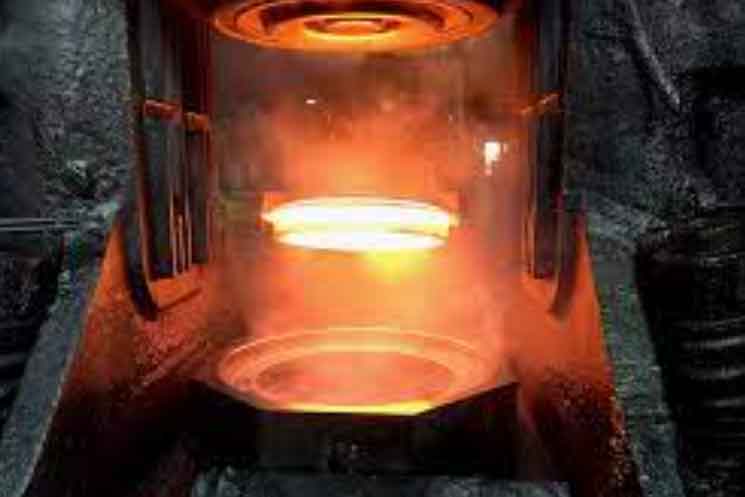In the world of modern engineering, the quest for improved performance, durability, and efficiency is never-ending. Amidst a wide range of manufacturing techniques, gear forgings have emerged as a powerful solution to meet the demanding requirements of various industries. This article delves into the significance of gear forgings and their transformative impact on modern engineering.

1.Understanding Gear Forgings:
Gear forgings involve the process of shaping metal into complex gear forms through the application of heat and pressure. The primary objective of gear forging is to enhance the strength, reliability, and performance of gears in diverse applications. By subjecting the metal to controlled deformation, gear forgings eliminate porosity, improve structural integrity, and optimize material properties, resulting in superior gear performance.
2.Advantages of Gear Forgings:
2.1 Enhanced Strength and Durability:
Gear forgings offer exceptional strength, making them ideal for applications requiring high torque, heavy loads, or extreme operating conditions. The forging process aligns the grain structure of the metal, eliminating weak points and enhancing overall mechanical properties. This results in gears with improved resistance to fatigue, wear, and impact, ensuring longer service life and reduced maintenance costs.
2.2 Customization and Complexity:
Forging allows engineers to design and manufacture gears with intricate and custom geometries tailored to specific applications. Complex gear shapes, such as helical, bevel, or planetary gears, can be precisely forged to meet the exact requirements of the intended use. This flexibility enables the optimization of gear performance, noise reduction, and efficiency in diverse industries, including automotive, aerospace, power generation, and heavy machinery.
2.3 Material Utilization and Sustainability:
Gear forgings maximize material utilization by reducing waste and minimizing machining requirements. Compared to alternative methods like casting or machining, forgings result in higher yield rates and lower overall material consumption. Additionally, the controlled deformation process allows for the use of high-strength materials, such as alloy steels or titanium, which further enhance gear performance. The sustainability aspect of gear forgings aligns with the growing emphasis on eco-friendly engineering practices.
3.Applications of Gear Forgings:
3.1 Automotive Industry:
Gear forgings play a vital role in automotive applications, ranging from transmissions and drivetrains to differential gears and axle shafts. The enhanced strength, durability, and efficiency of forged gears contribute to improved vehicle performance, reduced weight, and increased fuel economy.
3.2 Aerospace and Aviation:
In the aerospace industry, gear forgings find applications in turbine engines, landing gear systems, and helicopter transmissions. The ability to withstand high temperatures, extreme loads, and corrosive environments makes forged gears crucial for ensuring safety and reliability in air travel.
3.3 Power Generation:
Gear forgings are utilized in power generation equipment such as wind turbines, hydroelectric turbines, and gas turbines. These forgings enable efficient power transmission, withstand heavy loads, and ensure reliable operation over extended periods, contributing to sustainable energy production.
3.4 Heavy Machinery and Industrial Equipment:
Forged gears are extensively employed in heavy machinery, construction equipment, and industrial machinery. They provide the necessary strength, precision, and durability to handle demanding tasks, such as mining, material handling, and manufacturing processes.
4.Future Trends and Innovations:
As technology advances, the realm of gear forgings continues to evolve. Future trends in gear forging include the adoption of advanced simulation and modeling techniques, improved heat treatment processes, and the integration of additive manufacturing with forging technologies. These innovations will further enhance gear performance, optimize material utilization, and enable the production of even more complex gear designs.
Gear forgings have emerged as a powerful tool in modern engineering, revolutionizing industries with their strength, durability, and customization capabilities. By leveraging the advantages of gear forgings, engineers can meet the demanding requirements of various applications while simultaneously contributing to sustainability efforts. As we forge ahead into the future, gear forgings will continue to play a vital role in shaping the world of engineering.
